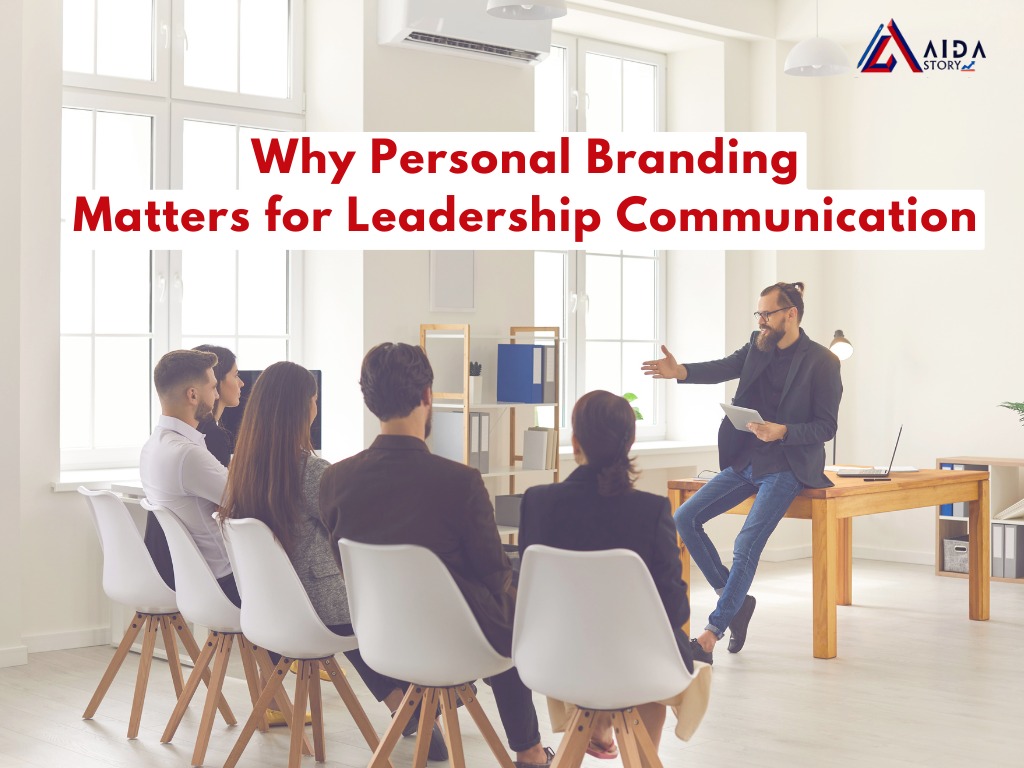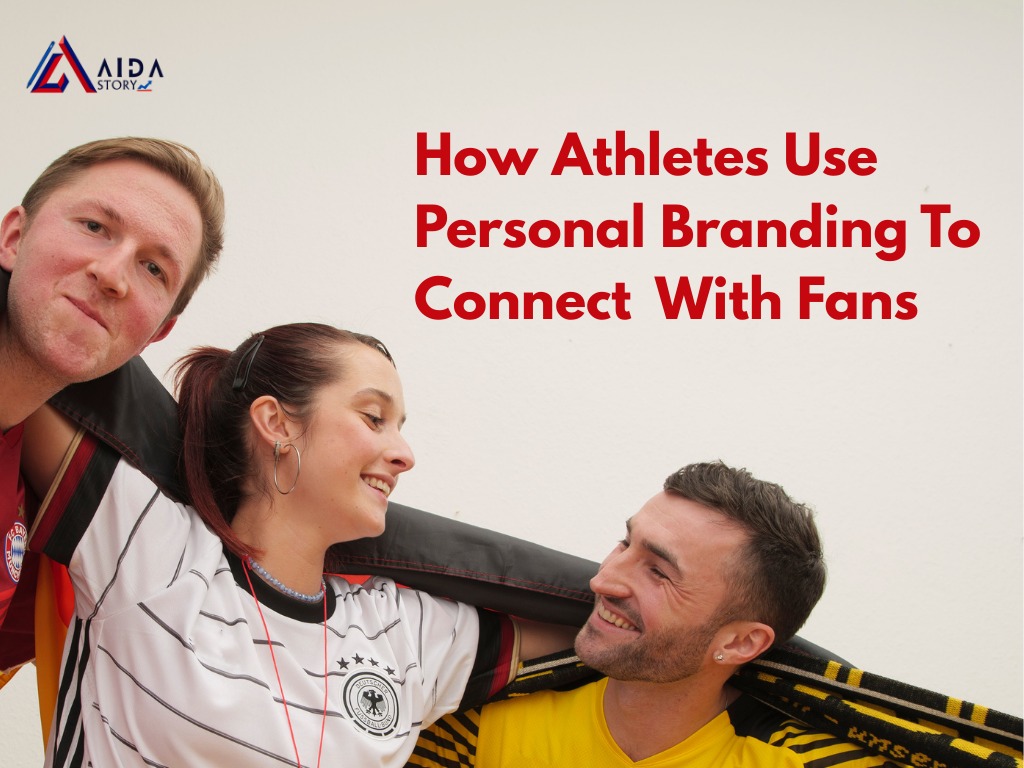
What is visual storytelling?
Visual storytelling is the art of crafting a narrative or message through visual elements like images, videos, infographics, and even design choices. It’s more than just throwing up pretty pictures. Advertisement with visuals and text is about strategically using to create a cohesive and engaging story that resonates with your target audience. This approach is crucial in marketing for a few key reasons.
Why is Visual Storytelling important?
First, humans are hardwired to respond to visuals. Our brains process advertisements with visuals and text faster and retain information better when it’s presented visually. People retain about 95% of a message when they watch it visually, compared to 10% when reading it in text. So, compelling visuals instantly grab attention and make your message more memorable. Visual storytelling also allows you to build an emotional connection with your audience. By using visual storytelling, we create evocative imagery and narratives.
You can tap into their desires, fears, and aspirations, fostering a deeper brand connection. Finally, advertisements with visuals and text can simplify complex ideas into simpler form improving your bounce rate. Infographics and charts can break down intricate information into easily digestible chunks, making your message clear and accessible to a wider audience.
This not only improves comprehension but also keeps viewers engaged and prevents them from bouncing away from your content. In a world saturated with information, advertisements with visuals and text, offer a powerful way for marketers to cut through the noise, connect with their audience, and leave a lasting impression. Here’s a simple table outlining the visual storytelling framework, including story making, visualizing, and telling:
| Stage | Description |
|---|---|
| Story Making | This stage involves brainstorming and crafting the narrative. It includes defining the characters, setting, plot, and overall message or theme of the story. |
| Story Visualizing | In this stage, the story is translated into visual elements such as storyboards, sketches, or mood boards. It focuses on creating a visual representation of the narrative, including the composition, color palette, and style. |
| Story Telling | The final stage is where the story comes to life through various mediums such as film, animation, graphic design, or interactive media. It involves executing the visual elements created in the previous stage to effectively communicate the narrative to the audience. |
This visual advertising technique guides the process of visual storytelling from concept development to execution, ensuring a coherent and engaging narrative experience.
5 Tips for effective visual advertising techniques in Marketing.
- Captivate, Don’t Confuse: In marketing, grab attention with strong visuals. A high-quality advertisement with visuals and text or eye-catching video instantly hooks viewers and sets the stage for your story. Avoid overloading visuals with text or clutter; prioritize a clean, clear presentation.
- Know Your Audience: Tailor your advertisement with visuals and text to resonate with your target audience. Consider their demographics, interests, and online behavior. A young tech audience might respond well to animated infographics, while a professional demographic might connect more with sleek product photography.
- Evoke Emotions: Advertisements with visuals and text are powerful emotional triggers. Use them to create a feeling of aspiration, joy, or empathy that aligns with your brand message. A photo of a child giggling while using your product sparks a positive connection, while a video highlighting environmental issues can inspire action.
- Story Over Scenery: Don’t just showcase, tell a story. Advertisement with visuals and text take viewers on a journey. A series of images depicting a problem, solution, and happy ending with your product is far more impactful than static product shots.
- Keep it Consistent: Maintain a consistent visual advertising techniques or style across your marketing materials. This creates brand recognition and reinforces your message. Whether it’s a specific color palette, use of illustration, or overall mood, advertisement with visual and text consistently builds trust and familiarity with your brand.
Powerful visual text advertisement examples in Marketing
1. Heinz
People adore relatable humor. Heinz campaigns are one of the masterpieces amongst visual text advertisement examples. Their visual advertising techniques include use of simple visuals with an effective copy. It’s not Shakespeare, but it resonates! Consider the following tweet from their account that showcases their creative approach.
Image source : Twitter
Image Link : https://twitter.com/HeinzTweets/status/1586475238363398144/photo/1
2. Apple
Apple’s “Fuzzy Feelings” campaign proves a story doesn’t need to be an epic saga. This is another visual text advertisement examples that is noteworthy! Their visual advertising technique is very heartwarming, showcasing a young woman who uses her iPhone’s stop-motion animation feature to create a funny video starring her grumpy boss. The message? Creativity is within everyone’s reach, and technology like iPhones can empower us to see the world – and even our colleagues – in a new light.
3. Burger KingBurger King India’s “You Rule” campaign is a stroke of genius. By ditching the typical fast-food power dynamic and focusing on the customer as king (or queen!) Their visual advertising techniques celebrate individuality and self-expression. Think vibrant colors, quirky illustrations, and a message that simply says, “You Rule.” This visual text advertisement example is a win because it acknowledges the customer’s power in a way that feels genuine and empowering.
Want to reach the full potential of your online presence? Invest in exceptional content, amplified reach, and a brand that resonates like never before. Contact AIDA Story today to craft a thriving online identity for your brand. Let’s cultivate growth, together.



